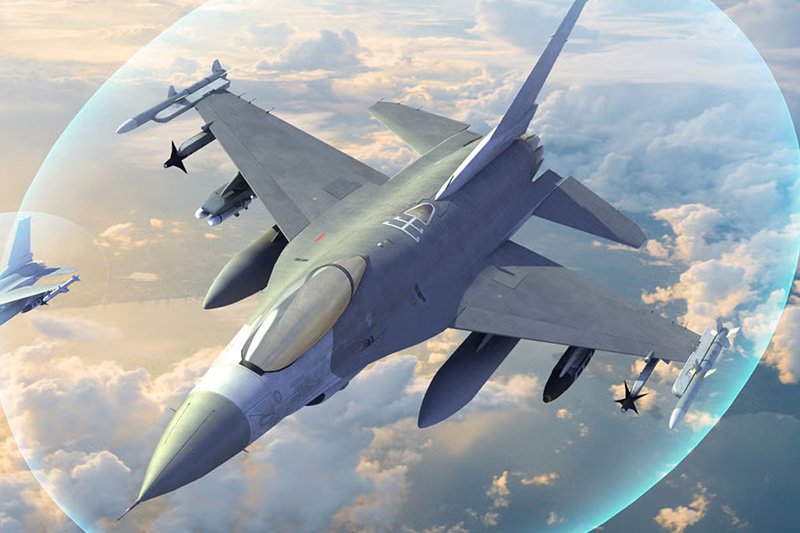Chinese Carrier Shandong’s 10-Day Philippine Sea Operations End
The People’s Liberation Army Navy’s (PLAN) Shandong Carrier Strike Group (CSG) has completed a ten-day deployment to the Philippine Sea, returning to the South China Sea on Thursday. This deployment, which began on July 9, marks another significant naval exercise for China in the region.
Japan’s Joint Staff Office (JSO) has been closely monitoring the CSG’s activities, providing regular updates on its movements and composition. The latest JSO report, issued on Friday, detailed the CSG’s activities on Wednesday and Thursday, noting that CNS Shandong’s embarked fighter aircraft conducted a total of 20 sorties during this period. Additionally, the carrier’s helicopters performed 20 take-offs and landings.
Throughout the deployment, Japan’s Self-Defense Forces maintained a vigilant watch. The Japan Air Self-Defense Force scrambled fighter aircraft in response to the CSG’s presence, while the destroyer JS Umigiri shadowed the Chinese naval group.
Comparing this deployment to the Shandong CSG’s previous exercise in the Philippine Sea in October and November of last year reveals some interesting differences. The earlier deployment lasted 12 days and saw a total of 420 fighter sorties, averaging 35 per day. In contrast, the current deployment, over the nine days observed by the Japan Maritime Self-Defense Force (JMSDF), recorded 260 fighter sorties, averaging 28.8 per day.
Also read this: Army Unit Tests Hypersonic Weapon in Navy-Led Drill
The JSO also reported on other PLAN and Russian naval activities in the region. On July 11, two PLAN ships, frigate CNS Yiyang and destroyer CNS Jinan, were observed sailing near the disputed Senkaku Islands.
These ships later moved through the waters between Yonaguni Island and Taiwan before entering the East China Sea. The JMSDF closely monitored these movements, deploying destroyer escort JS Oyodo, fleet oiler JS Hamana, and maritime patrol aircraft to shadow the PLAN ships.
In a separate incident, the JSO reported the presence of Russian surveillance ship Kurily near Japan’s northern islands on July 18. The Russian vessel was observed sailing northeast near Rebun Island before moving through La Pérouse Strait. In response, the JMSDF deployed fast-attack craft JS Kumataka and a P-3C Orion maritime patrol aircraft to monitor the Russian ship’s movements.
These naval activities underscore the ongoing strategic importance of the Western Pacific region. China’s deployment of its carrier strike group, along with other naval assets, demonstrates its growing naval capabilities and its intent to project power beyond its immediate coastal waters.
Meanwhile, Japan’s consistent monitoring and reporting of these activities highlight the tensions in the region and the importance of maintaining situational awareness in these contested waters.
As China continues to expand its naval operations and Russia maintains its presence in the area, the dynamics in the Western Pacific are likely to remain complex and closely watched by regional and global powers alike.
Keep connected with us at Facebook, Twitter, YouTube, Instagram & TikTok for latest defense happening around the globe.
Discover more from International Defence Analysis
Subscribe to get the latest posts sent to your email.












